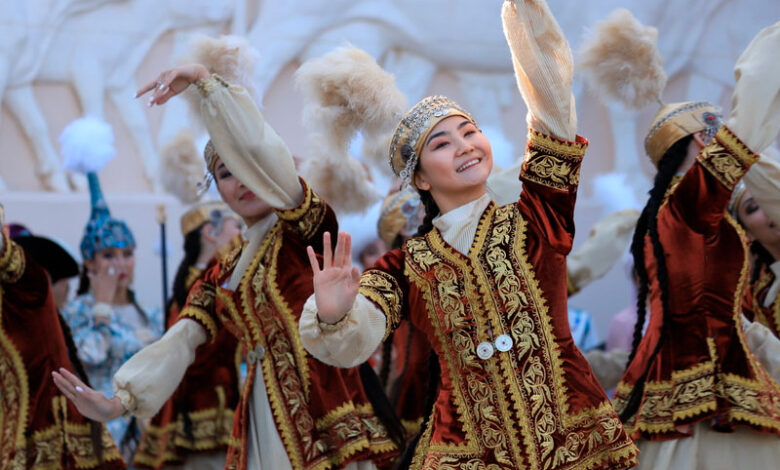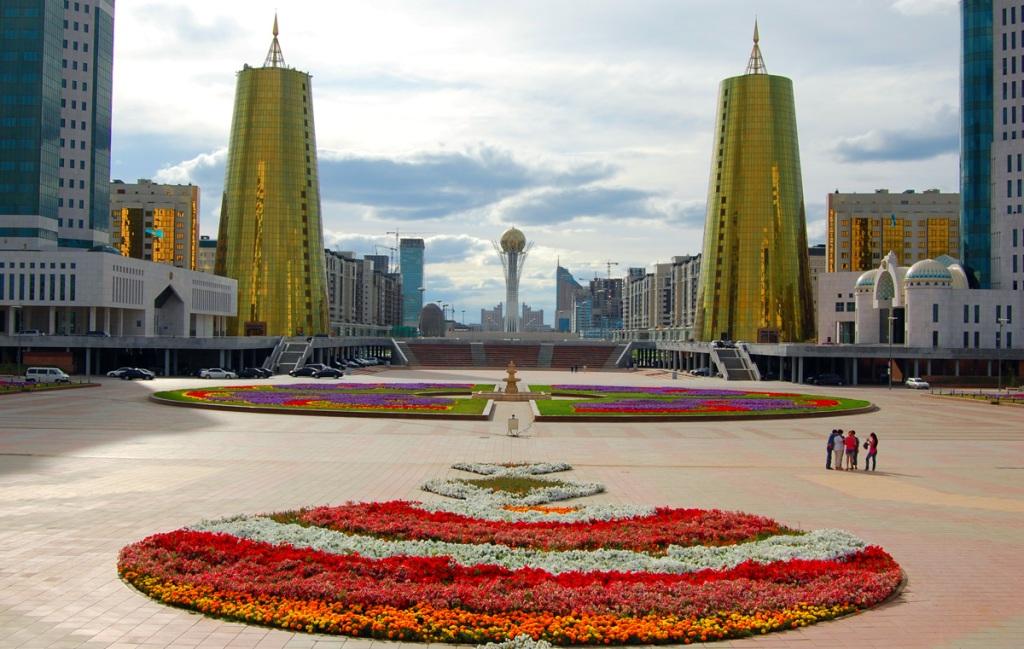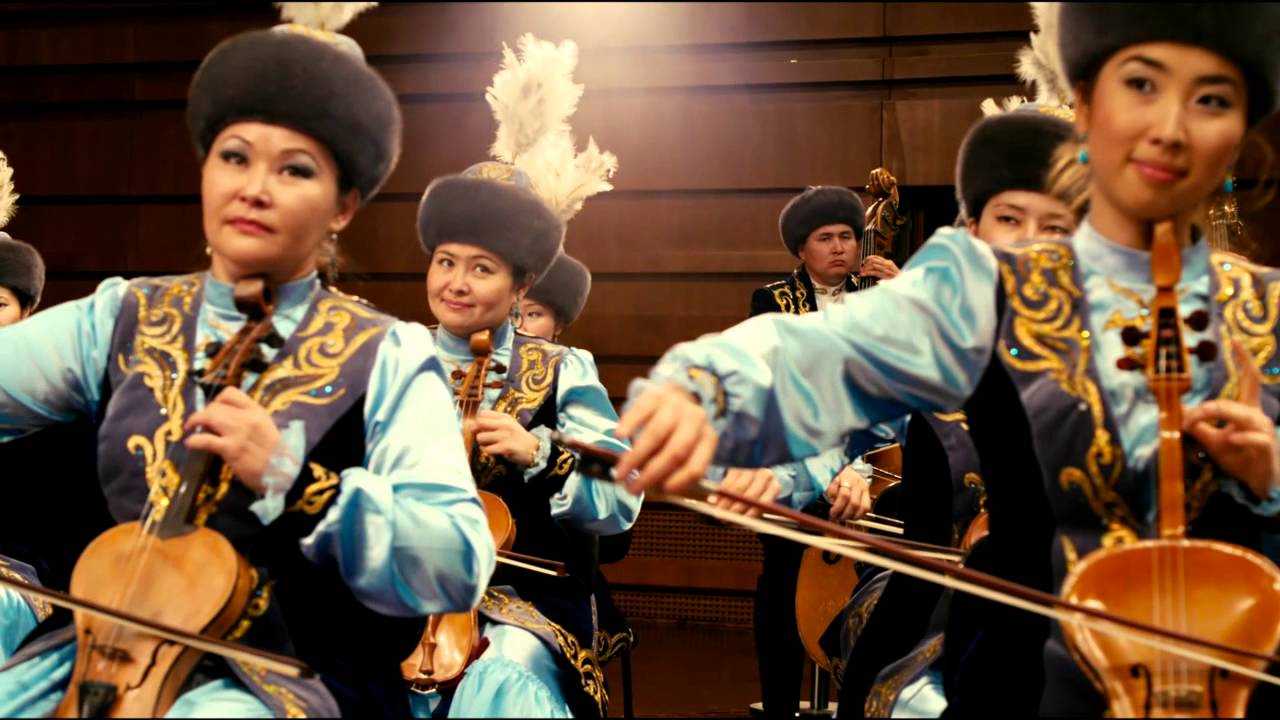The cultural heritage of Kazakhstan offers a meaningful way to connect with nomadic roots and experience modern progress hand in hand. We invite you on a path that celebrates age-old storytelling, horse-riding festivities, and architectural marvels that reflect a deep sense of tradition. Whether you are planning heritage travel for adoptees Kazakhstan or fascinated by the region’s mosaic of lifestyles, this post will guide you through a series of insights and thoughtful tips.
Delving into the Cultural Heritage of Kazakhstan
You might be wondering where to begin. A good starting point could be local nomadic events, such as springtime horse festivals or open-air craft bazaars. These gatherings exhibit Kazakhstan heritage through music, dance, and communal feasts. According to Mr. Serik, a folklorist with 15 years of onsite research, “Nomadic tribes in this region placed emphasis on oral traditions as a way to preserve knowledge. They passed down epic poems and legends through generations”.
These stories come alive during cultural fairs. Local artisans showcase felt-making, intricate embroidery, and metalwork that trace back centuries. Observing these skills up close is a reminder of how people in Kazakhstan keep ancient crafts relevant today. For example, felt rugs still serve as practical items in modern homes, retaining their place in everyday use.

Potential difficulties can arise if you decide to buy handcrafted items without researching their authenticity. Some markets may feature mass-produced souvenirs. Asking a local guide or visiting an artisan’s workshop helps ensure you support genuine craftsmanship. If something seems too polished or lacks the distinctive detail of hand-stitching, consider verifying its origin.
Try sampling kumys (fermented mare’s milk) during local celebrations. It was once the drink of choice for nomads traveling across the steppe. These connections are valuable pieces of Kazakhstan cultural heritage. They allow you to participate in traditions that have shaped the region’s identity over centuries.
A Warm Introduction to Heritage Travel for Adoptees in Kazakhstan
Heritage travel for adoptees Kazakhstan can be a very personal experience. You may discover meaningful threads that tie you back to family ancestors. According to Ms. Alina, a coordinator for adoptive family programs with over a decade of experience, “An adoptee’s physical presence in their birth country helps them form a deeper sense of belonging. It allows them to see, taste, and feel what they’ve previously only heard about”.
If you are planning heritage travel Kazakhstan and want to visit local villages, try reaching out to organizations that arrange introductions with community elders. A heartfelt conversation with a village resident can provide stories, genealogical leads, and a sense of place. You might even learn about the significance of the yurt (a round tent used by nomads), which still appears at modern festivities.
Issues could surface if language barriers prevent clear communication. Contacting a volunteer translator or using an online service before your trip can help. Always keep important details, like your adoptive documents, in digital and physical forms. This approach decreases the chance of losing data in transit.
Some adoptees face emotional hurdles while reconnecting with their birthplaces. Giving yourself time to adjust is key. Scheduling pleasant activities, such as a trip to local markets or sampling traditional dishes, breaks any tension during the visit. That way, you maintain a steady pace and avoid overwhelming yourself with too many new impressions.
Celebrating Kazakhstan UNESCO Heritage and the UNESCO World Heritage Sites in Kazakhstan
Kazakhstan UNESCO heritage spans many fascinating landmarks. The beautiful Mausoleum of Khoja Ahmed Yasawi in Turkestan is recognized among UNESCO world heritage sites in Kazakhstan. Touring this architecturally significant monument offers a glimpse into the region’s past. Enormous domes and intricate tilework capture folk designs that speak to a long history of spiritual devotion.
The Petroglyphs of Tamgaly, sprinkled across a rugged valley, reveal ancient rock carvings that depict animals, sun idols, and scenes of daily life. This site brings a much older layer of Kazakhstan heritage into focus. People have marveled at these carved figures for centuries, using them to interpret prehistoric social practices.

Some visitors have shared concerns about preserving these historical spots. Dr. Miras, an archaeologist working on Tamgaly conservation efforts, explains: “Protecting these carvings requires guarded enclosures, careful cleaning techniques, and collaboration with local communities.” He suggests visiting during permitted hours and following site regulations to prevent unintentional damage.
Feeling curious about daily life near these UNESCO sites? Try a guided walk through adjacent villages. You may observe local food preparation or folks weaving at home, giving you a firsthand sense of how past meets present. To fix any scheduling snags, always check local holiday calendars and confirm your tour guide’s availability. Planning in advance helps you avoid closed gates or sold-out guided tours.
From Nomadic Camps to Urban Landmarks – A Deep Dive into Kazakhstan Cultural Heritage
Kazakhstan cultural heritage is marked by a notable transition from rural nomadic environments toward vibrant cities such as Almaty and Nur-Sultan (formerly Astana). Ancient caravan routes once passed through these areas, enabling traders to exchange goods and ideas. Today, you’ll find modern architecture next to historic sites, painting a picture of contrast and harmony.
Experiencing how nomadic influences still resonate in urban settings can be unforgettable. Photographers advise touring the old part of Almaty during early morning hours. Golden sunlight captures the details of Soviet-inspired monuments and classic wooden houses, many of which incorporate Kazakh motifs.
Urban areas also host museums dedicated to Kazakhstan cultural heritage. The Central State Museum in Almaty features artifacts such as ceremonial clothes and archaeological finds. According to Mr. Bek, a curator with 12 years of museum work, these items symbolize local resilience and creativity. He says, “Visitors are often surprised by the variety of antique horse saddles, ceremonial armor, and musical instruments on display.”
What can go wrong? Over-planning the trip to pack too many city locations into a single day can lead to fatigue. Setting realistic goals allows you to appreciate each stop without feeling rushed. Pausing to enjoy local cafés or city parks recharges your energy and gives you a break from any possible travel stress.
Heritage travel Kazakhstan blends the best of both countryside charm and city sophistication. If you need rest from bustling streets, consider short excursions into nearby mountains. Hiking or horseback riding in the scenic ranges gives you a bit of fresh air while maintaining a link to ancient Kazakh lifestyles.
Summary
This post touched on ancestral practices, meaningful connections for adoptees, treasured UNESCO sites, and the evolving face of modern cities. Each topic illuminates the cultural heritage of Kazakhstan in its own way. From heartfelt village stories to majestic monuments bearing centuries of history, Kazakhstan heritage remains a vital part of the region’s identity.
Reflect on your aspirations for heritage travel for adoptees Kazakhstan or your curiosity about local music, crafts, and beliefs. Take your time to find reliable guides, verify authentic items, and respect local customs to avoid potential missteps. If you’ve been inspired, consider planning a visit or consulting a specialist well-versed in Kazakh heritage travel. You might discover something that sparks a lifelong connection or perhaps deepen an existing bond that calls you back for future trips.
We hope this overview encourages you to learn more about heritage travel Kazakhstan. May your steps across this remarkable land bring you closer to its legends, warmth, and enduring spirit.

